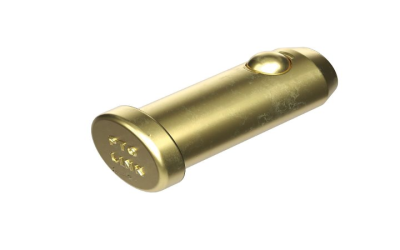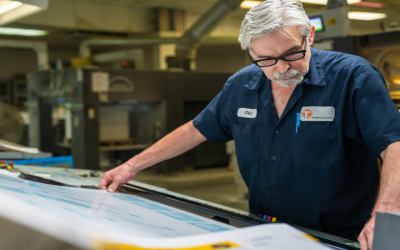We all use metals in our everyday lives in a variety of products but occasionally we need them to do more. To be less corrosive, to be more resistant to pressure or heat for example. To be more. It was in the chemical and aerospace industries – where there was a pressing need for metal to endure greater heat, in the manufacture of engine blades for example – that alloys were first produced. Alloys are the combination of two or more metals where the end result is a more resistant, less corrosive material. Hastelloy is one such example; it is a registered trademark of Haynes International.
The history
In the 1880s, a man in Indiana called Elwood Haynes, began experimenting to create a metal that would resist corrosion. He found what he needed by combining nickel and chromium and once he patented the result, he began trading under his own company, Haynes, which he established in Indiana in 1912. (He sold the company to Union Carbide in 1920 and it is now a publicly traded company). Today, Haynes International produces two types of product – Ultimet and Hastelloy. Both are highly resistant alloys with their own specific uses.
What is in Hastelloy?
There are 22 different types of Hastelloy, which is a superalloy, i.e. it is highly resistant to corrosion. The main ingredient is nickel with other ingredients alloyed to the metal – chromium, iron, copper, carbon, etc. – in varying percentages, to form slightly different results.
What is Hastelloy used for?
Hastelloy is used in situations where metal is required to withstand high temperatures and high stress in corrosive environments or one where high erosion is to be expected. Examples include pipes or maybe pressure valves in nuclear reactors. Hastelloy C-276 foil, for example, is regularly used in environments where corrosion is common. Other examples include: Hastelloy B3, which is highly resistant to hydrochloric acid; Hastelloy C4, which is resistant to oxidizing atmospheres; and Hastelloy G, which is resistant to sulfuric and phosphoric acid.
The bad news
Whilst Hastelloy is classified as a superalloy, it is still prone to some degradation. In many cases it is chosen because of its attractive price to performance ratio. Electropolishing can improve its resistance.


